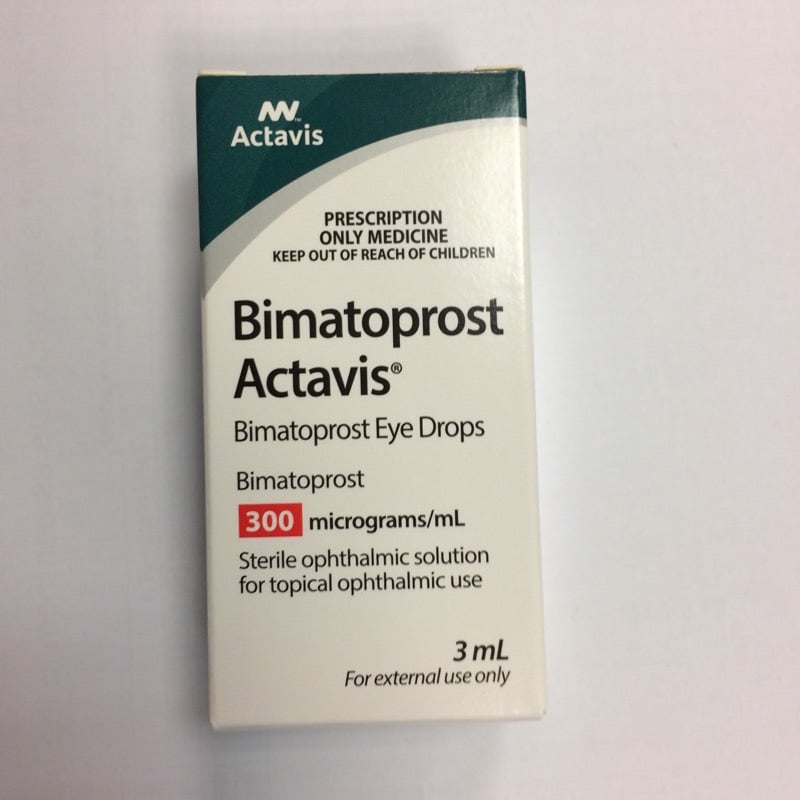Eye infections are a common optical condition among people of all ages, often leading to discomfort.
A person might experience eye infections due to several causes, which determine their type.
Eye infections are usually of four types, namely, viral, bacterial, fungal, and parasitic eye infections.
Knowing the type of eye infection is necessary since the treatments usually depend on its underlying causes.
This article will discuss the above-mentioned types of eye infections in detail.
Types of Eye Infections
Individuals can differentiate the different types of eye infections based on their causes and symptoms.
A person may experience viral eye infection, bacterial eye infection, fungal eye infection, and parasitic eye infection.
These infections often lead to conditions like pink eyes (Conjunctivitis), Uveitis, Styes, and Keratitis.
To explore more eye infection causes, read Unmasking the Culprits: Eye Infection Causes, Symptoms, and Prevention.
In this section, you will learn about the eye infection types in a detailed manner.
Buy eye drops from Cheap Medicines Shop and get relief from the constant discomfort today!
Viral Eye Infections
The most popular types of viral eye infections are viral pink eye and viral Keratitis.
Viral Conjunctivitis is usually followed by symptoms like redness, inflammation, pink eye discharge, pain, and photophobia (Sensitivity to light).
One can experience viral pink eye due to Adenovirus, Herpes Simplex, and Enterovirus.
According to a study, the symptoms of viral Keratitis include redness, watery eyes, itching, and irritation.
Herpes Simplex Virus (HSV) is the cause of viral Keratitis and may often lead to blindness if left untreated.
Since there are no antibiotics for treating viral eye infections, doctors often suggest antivirals and artificial tear drops to relieve symptoms like itching.
Bacterial Eye Infections
 Source: Olga_Trofimova_from_Getty_Images
Source: Olga_Trofimova_from_Getty_ImagesThe eye infections like pink eyes, Keratitis, and Stye are some of the most common examples of bacterial eye infections.
The bacterial pink eye shows symptoms like itching, burning, swelling, and thick, sticky eye discharge.
It is often caused due to bacteria like Staphylococcus Aureus, Streptococcus Pneumoniae, and Haemophilus Influenzae.
Styes are usually painful lumps on the base of the eyelid and usually consist of pus and oil inside.
Individuals experience this condition when staphylococcus bacteria infects a gland in one’s eyes.
Bacterial Keratitis is a serious condition that affects the cornea and results in inflammation.
The American Academy of Ophthalmology (AAO) states that bacteria from Staphylococcus, Streptococcus, and Pseudomonas species are responsible for 80% of these cases.
Doctors usually prescribe antibiotic eye drops to treat bacterial eye infections.
If you want to learn more about the bacteria that causes pink eyes, read “Finding the Answer: What Bacteria Causes Pink Eye?“.
Fungal Eye Infections
According to the Centers for Disease Prevention and Control (CDC), fungal eye infections are very rare in nature.
However, this infection is serious and may happen due to eye injuries from plant material like a stick or a thorn.
It often affects the cornea and results in Fungal Keratitis, causing inflammation.
In some cases, fungal infection may also happen inside the eyes, resulting in Endophthalmitis, which is an infection of the inside of the eye.
Some of the most common types of fungi that lead to fungal eye infections are Fusarium, Aspergillus, and Candida.
Fungal eye infections often affect the immune system and cause eye pain, redness, and problems in vision.
Parasitic Eye Infections
 Source: thekopmylife
Source: thekopmylifeParasitic eye infection like Acanthamoeba Keratitis is caused by Acanthamoeba and is a rare condition.
The symptoms of this parasitic eye infection include eye pain, sensation of something in the eyes, blurred vision, and excessive tearing.
It affects the cornea of the infected person and can cause permanent vision loss.
Conclusion
There are several types of eye infections based on their causes: viral, bacterial, fungal, and parasitic eye infections.
Viral pink eye and viral Keratitis are two of the most common viral eye infections, which cause redness, itching, and eye pain.
Bacterial Keratitis, pink eyes, and Stye are some of the common bacterial eye infections.
They often result in symptoms like inflammation, eye discharge, irritation, and discomfort.
Although fungal eye infections and parasitic eye infection are rare, it is often serious in nature and may even cause vision loss.
These usually include Fungal Keratitis, Endophthalmitis, and Acanthamoeba Keratitis.
However, it is always best to consult your doctor if you are frequently experiencing inflammation in your eyes.
Buy Locula 10% Eye Drop to treat your bacterial infection and get a break from the sticky discharge today!

Frequently Asked Questions
What is the most common eye infection?
Conjunctivitis, or pink eye, is the most common eye infection, which can be caused by both viruses and bacteria. The common symptoms include eye discharge, redness, burning, itching, and irritation. See our Recommendations
Are eye infections serious?
Yes, some eye infections are serious in nature. While infections like Conjunctivitis are often mild, Keratitis caused due to fungal and parasitic infections can often lead to permanent blindness if it is left untreated. See our Recommendations
Are there natural remedies for eye infections?
Yes, there are natural home remedies for eye infections that can help soothe their symptoms. These remedies include salt water, tea bags, warm and cold compresses, essential oils, and honey. See our Recommendations
Can eye infections lead to blindness if left untreated?
Yes, some eye infections can lead to blindness if left untreated. Particularly, fungal and parasitic Keratitis can affect the cornea of a person and lead to blindness if a person does not seek immediate treatment. See our Recommendations
What are the common risk factors for eye infections?
Some of the common risk factors for eye infection are poor hygiene, misuse of contact lenses, and underlying health conditions that can cause a weak immune system in a person. These factors often increase the risk of eye infections in a person. See our Recommendations
Cheap Medicine Shop only refers to credible, authoritative sources for our content. If you’re curious about how we ensure the integrity of our content, we encourage you to read our Content Information Policy.


















